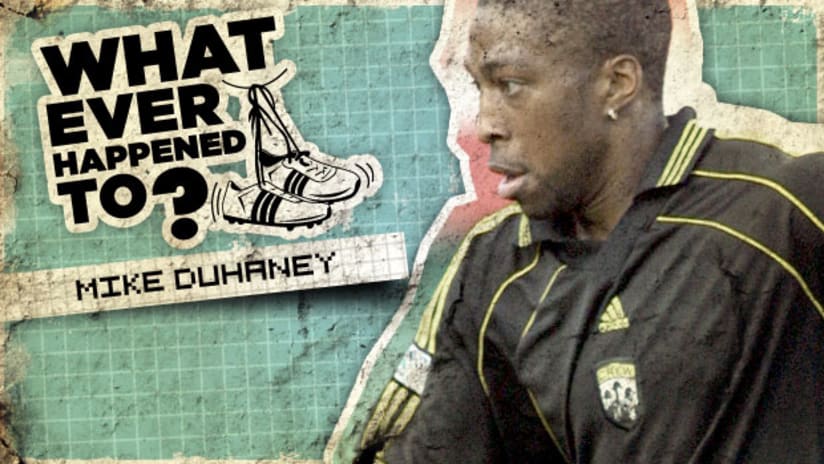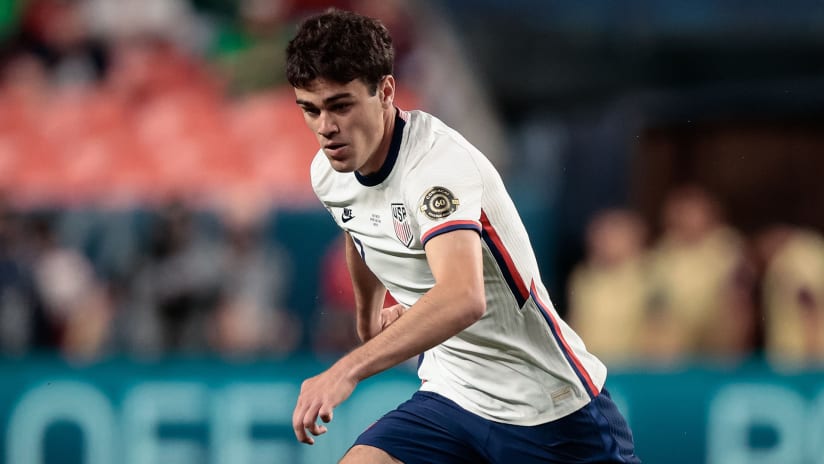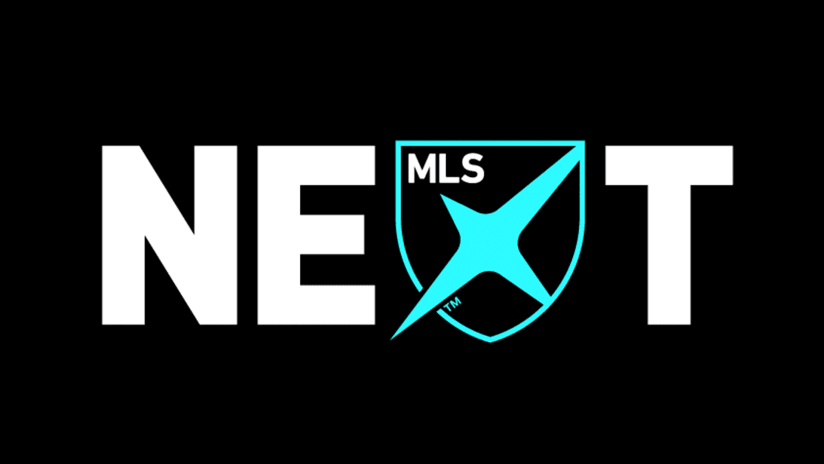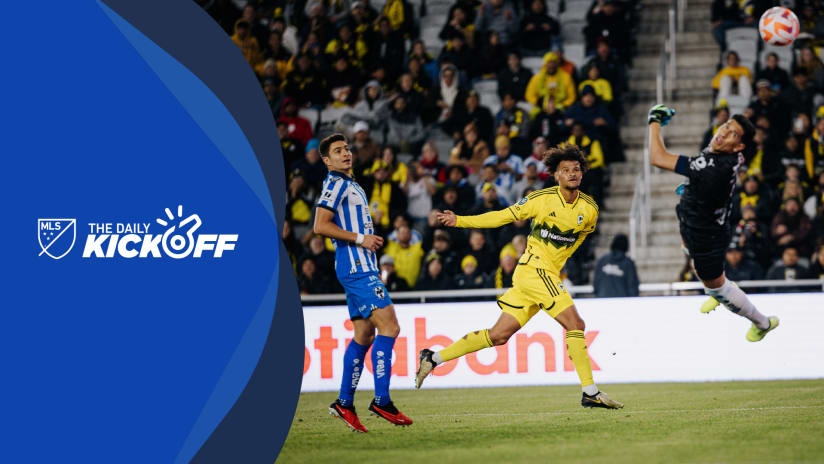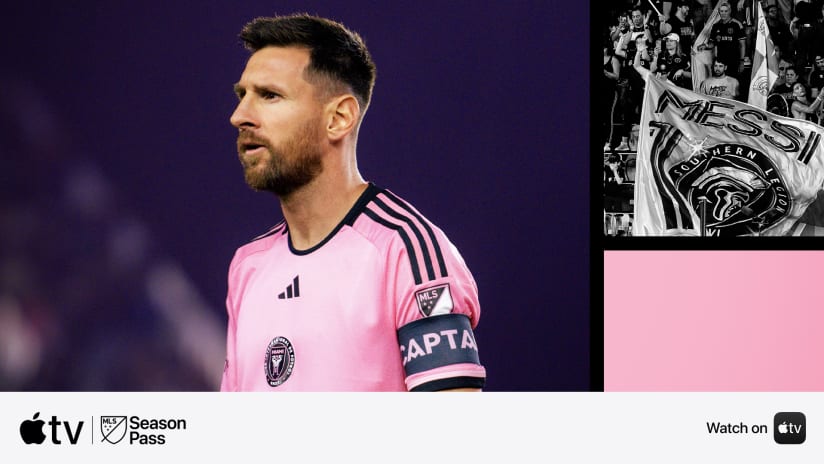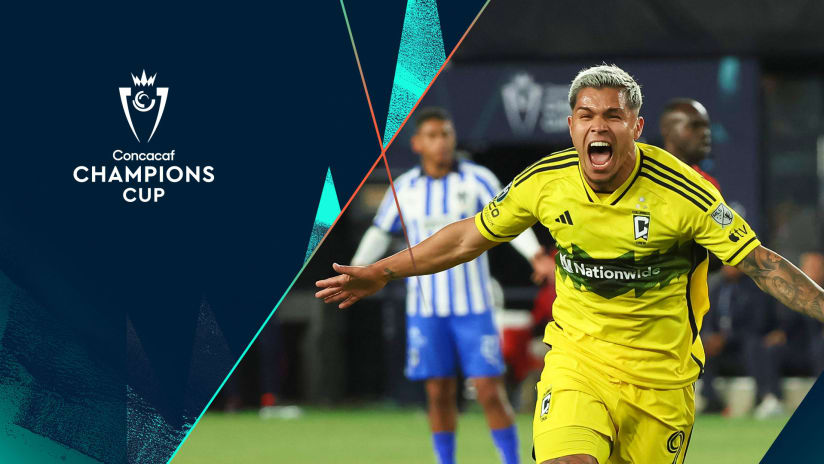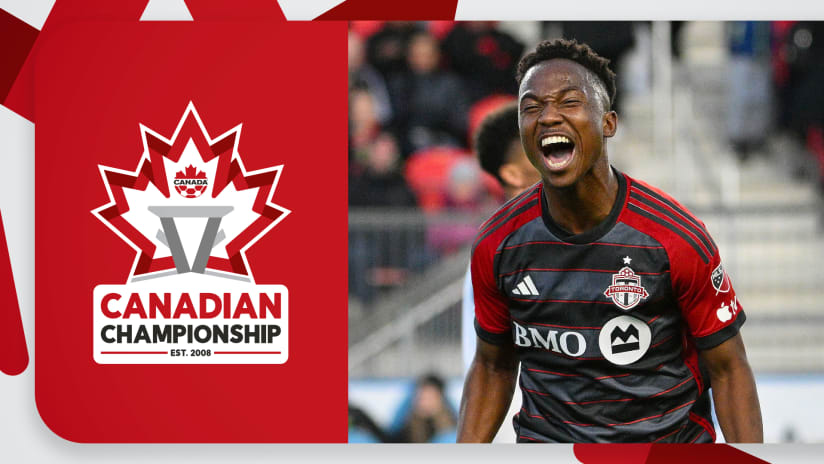MLSsoccer.com continues its look back at the stars, personalities and cult heroes who made Major League Soccer what it is today. Our third annual “What Ever Happened To..." series rolls on with former speedster and 1997 MLS Rookie of the Year Mike Duhaney.
Where He Was Then
You know that “left-back problem” the US national team has had in recent years? Well, they had it back in the late 1990s, too. And for a brief glimmer in 1997 and ’98, Tampa Bay Mutiny defender Mike Duhaney looked like he might be the solution.
A speedy, All-Conference performer at UNLV from 1992 to ’94, Duhaney was the 87th pick of the inaugural MLS player draft, but he missed the league’s first season after tearing his ACL in a pre-Olympic tune-up against Mexico.
Throwing himself into rehab, he made it back to the practice field within four months, then set about making up for the lost time – and then some: Duhaney earned the Mutiny’s starting left back spot in 1997, played 25 games and won the MLS Rookie of the Year Award.
But his path to greater glory, and the US national team, never materialized. Duhaney was traded to New York the following season and spent two years there before he was dealt to Columbus, where he faced more injury woes.
He departed MLS for Germany in 2002, making a handful of appearances for second-tier side FSV Mainz 05 before dropping the curtain on his career.
Where He Is Now
Those who remember Duhaney more for his blistering speed than his technical ability may be surprised to learn that his post-career path has landed him in the Phoenix area, where he serves as technical director of the academy program of Barcelona AZ, a club that works on a collaborative basis with Barcelona USA.
That’s right, the former defender is teaching tiki-taka to kids in the desert.
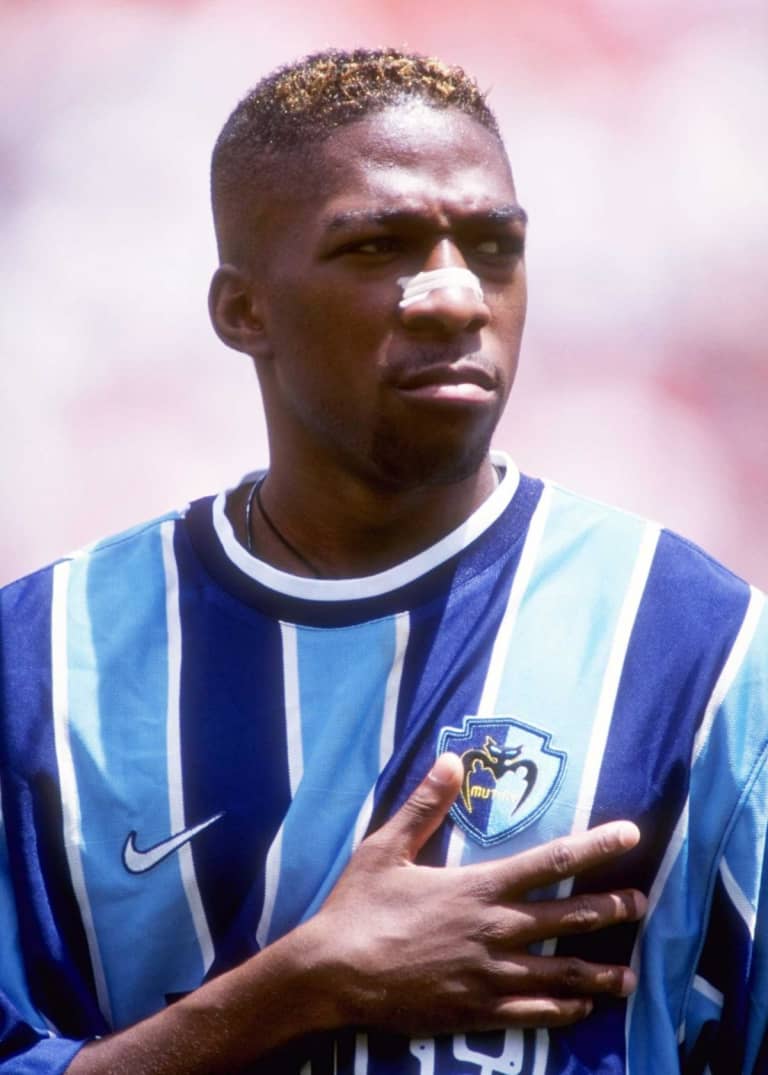
“We’re building something new here,” he says of the club, where he’s been for the past three years. “We’ve really taken the step to building technical players. You see a lot of, ‘OK we’re going to get all the athletes together, we’re going to kick the ball down the field, we’re going to chase it, we’re going to wait for a mistake from the other team, and that’s how we’ll score.’
“But we’ve taken a step back and asked, ‘OK, what’s lacking, on our teams here, and even across the US?’ The answer is having players that can play by being technical, being able to keep the ball.”
READ: Barcelona announce huge expansion into US youth camps
Duhaney and his colleagues visit Spain every year to learn from Barcelona coaches, and the Arizona club has adopted the Barcelona system, teaching it to their players from ages four and five on up.
One of Duhaney’s most vivid memories from his MLS career involves a technical player who could keep the ball: former Tampa Bay and Colorado playmaker Carlos Valderrama. As a rookie defender, he had always looked up to the wild-haired Colombian and now, here he was sharing the field with the legendary player in a Mutiny preseason scrimmage.
“He gets the ball in the air, chests it and he has three guys around him trying to get the ball. He was juggling it in the air, holding them all off,” Duhaney recalls.
“I just stood there and watched him, amazed. I didn’t move. I was supposed to be defending him and I just stood there. [Mutiny head coach John] Kowalski comes up to me and says, ‘It’s OK, you can touch him, you know?’”
READ: What ever happened to Carlos Valderrama?
Of course, Duhaney didn't remain a spectator for long. He snapped out of his stargazing funk, and went on to win league honors that year as the top rookie for his work on the Tampa Bay backline.
Now, his soccer odyssey has him in Mesa, Ariz., spreading the Barcelona gospel. One of the caveats of implementing the tiki-taka style is that it’s not a results-oriented philosophy at the youth level. Young Iniestas in training will lose games trying to play the Barça way. Turnovers will turn into goals for the opposition.
“But we stay with it,” says Duhaney. “We keep the parents educated about our long-term goals, and we talk to the kids and we say this is going to happen. But in two or three years, you’re not going to lose the ball in [those spots].”
That’s when results will start to turn their way. But it can be tough convincing competitive kids (to say nothing of parents) not to focus on results.
Duhaney has two daughters – Kierdis, 13, and Tassia 18 – and a son, Donovan, 11. Donovan plays up one age group at Barcelona AZ, and there are a number of very competitive kids on his team.
“They want to win,” says Duhaney. “But we tell them we have to stay focused, that there’s an end result. It’s not tomorrow; it’s not a month from now. It’s when you’re U-18 and going to play in the State Cup, and the regionals and nationals, and then going on to play D-I or going pro. That’s the result we’re looking for.”
It’s a result their technical director knows all about.
What They Said
“I’ve known him since he was probably 14 years old. We grew up playing with the Nomads, out in San Diego. He started out as a forward, and then they moved him to left back, and it was very interesting. Now you had a left back with an attacker’s mentality. And that’s the way he played the game. He wanted to get forward. He was comfortable with the ball, and he tackled hard, and he was tough to get around. He was a fast, hard-nosed guy that didn’t really take any crap. And that’s the type of guy you want on your team.”
– Frankie Hejduk, former youth-level, US U-23 and Tampa Bay teammate.

